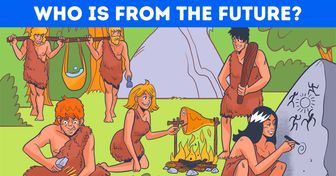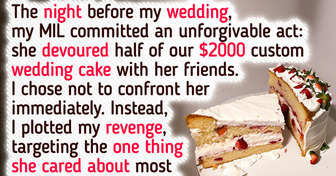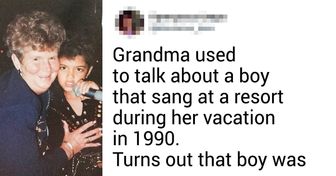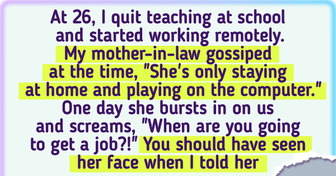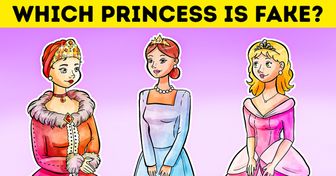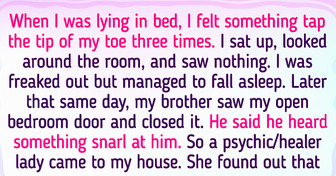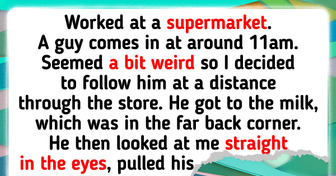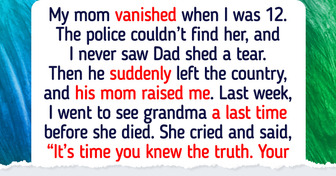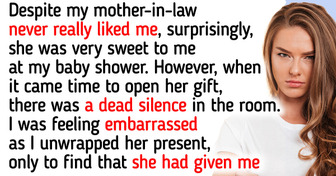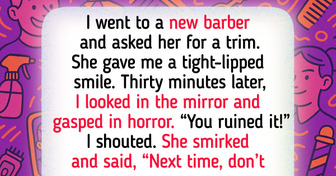I Found Out My Husband Is Cheating on Me After Our Neighbor Thought Our Marriage Was Open

Pssst! I have something special for you — it’s a golden ticket. You’re invited to visit the most unique Chocolate Factory in the world. What? You’re a bit scared because you don’t feel comfortable sailing in a chocolate river or turning into a giant blueberry? I hear ya — here’s an alternative treat.
By the way, stay tuned until the end, we’re giving away a date with Veruca Salt, if we can find anybody interested....
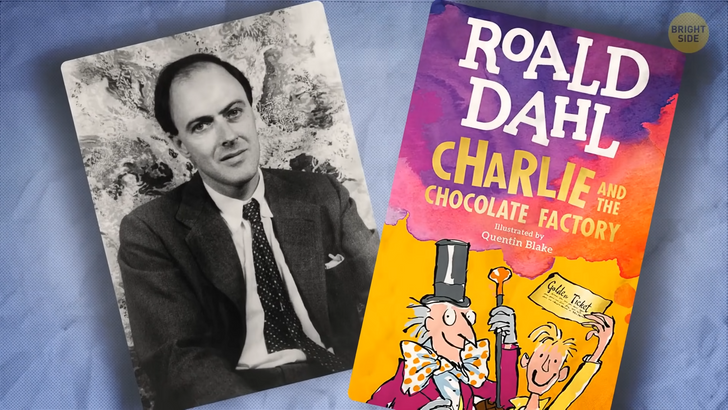
Although —spoiler alert — Roald Dahl completely MADE UP one of his most famous stories [Charlie and the Chocolate Factory], he might have had some real-life inspiration for it. When he was at boarding school, Dahl visited a local chocolate factory with other students. Their task was to taste new chocolate bars — now, that’s what I call a good field trip!
The curious young man was wondering how exactly they came up with different new sorts of chocolate. He imagined there was a secret inventing room where people in white were experimenting with some boiling pots, sugar, and other components, creating real magic. 35 years later, Charlie and the Chocolate Factory came out and became one of his most successful works.
Although Dahl never officially mentioned it, there was one real-life chocolate maker who could have easily served as an inspiration for the charismatic Willy Wonka. His name was Milton Hershey — yes, the Hershey — and his road to success wasn’t all cotton candy and marshmallows. It was chocolate.
His father [Henry Hershey] was a big dreamer who believed there would always be a new opportunity to succeed. Sadly, he didn’t manage to stick to any of those opportunities. His wife must have grown tired of this, and the father separated from the family.
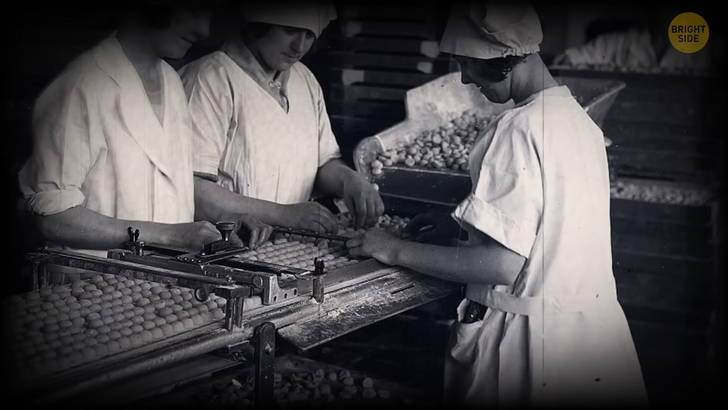
That’s why Milton didn’t have a chance to complete even a rural school education and became an apprentice to a confectioner in his home state of Pennsylvania when he was 14. Once he finished with that, Hershey decided to borrow $150 from his aunt to start his own candy shop in Philadelphia.
His first business failed 6 years later, so Hershey moved to Denver, where he worked for a local confectioner and learned a secret that would later change his life. And no, he didn’t find out how to create an endless chocolate river, but he could make caramel from fresh milk. His entrepreneurial ambitions didn’t let Milton work for someone, and he took a couple more attempts to start his own shop in Chicago and later in New York City.
The future chocolate king failed again, but he didn’t even think about giving up. He went back to Lancaster, where he was an apprentice as a teenager. He founded his own company [the Lancaster Caramel Company]. The caramel-making secret served him well, and the company was a huge success. But while he watched caramel in the making, Milton knew it wasn’t his true passion.
He wanted to popularize chocolate, which was an exotic delicacy from Switzerland back then. So, Hershey sold his caramel business in 1900 for an impressive $1,000,000 and purchased some new equipment. He started experimenting with boiled milk, sugar, and cacao beans to manufacture affordable milk chocolate for mass production. By the end of the year, he had already sold his very first Hershey bar.
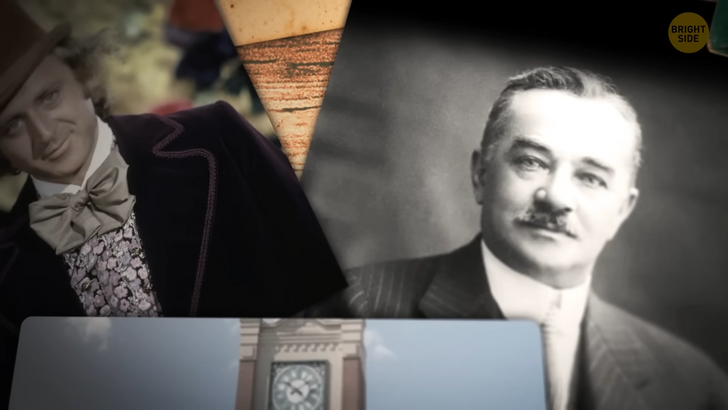
5 years later [1905], Hershey finished building his new factory that would become the largest chocolate manufacturing plant in the world. Now, how do you imagine a business tycoon whose property was worth millions of dollars? Extravagant parties, golden statues, trips around the world, throwing money around like chocolate wrappers?
Speaking of the latter, Hershey was supposed to be on the Titanic on its fatal voyage and even made a deposit for the trip but canceled it due to a business emergency. He might have been so lucky because he was an exceptionally kind-hearted and selfless person, nothing like the image of a tycoon we just collectively created.
The Chocolate King must have remembered how hard it was for him when he had to drop out of school, so he decided to invest a lot of his money in the education and comfort of others. He built not just a successful business but a whole community around it with schools, parks, recreational facilities, and housing for his staff. Those lucky people even got a trolley system!
As for his personal life, Hershey met his future wife, Catherine, at a candy shop in New York, of all places. It was in his pre-successful business empire era, and he was delivering caramels. Since the couple couldn’t have their own offspring, they decided to open a school for orphaned boys [the Hershey Industrial School]. A couple of years after his wife unexpectedly passed away, Hershey transferred a big share of his wealth to the trust that funded their school.
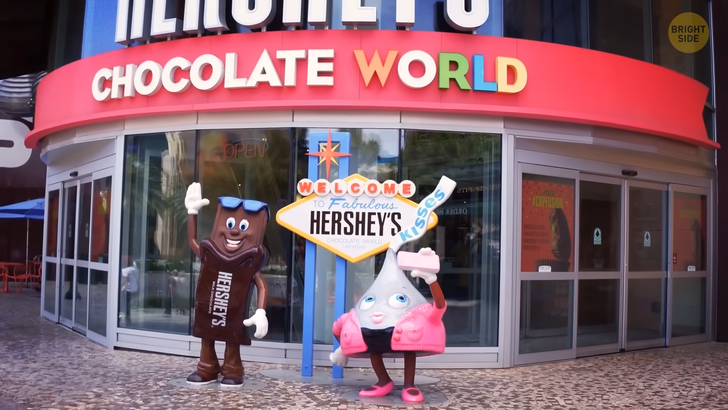
Even during the years of the Great Depression, when it would be more natural to take care of your own business, Milton wanted to support others in his town. He ordered a large hotel, a community building, and new offices for his company, creating many job opportunities at the construction sites. Since Hershey believed that “One is only happy in proportion as he makes others feel happy,” he must have left this world as a really happy person.
Another possible real-life inspiration for Willy Wonka could have been Samuel Carey. He produced chocolate and equipment for confectioners in the United States in the early 20th century. He published a whole catalog [Samuel Carey Chocolate Machinery] describing his factory in Glendale and the cool machines he used for work.
One of those was the Cocoa Bean Roaster. Unlike other similar machines used at that time, it had both rapid and slow roasting modes and steam control. The chocolate beans came out perfectly evenly roasted. Other machines described in the catalog also had some unique talents.
We can trace the history of chocolate back to around 1500 B.C.E. But back then, it was nothing like your favorite chocolate bar. Ancient Olmecs, who lived in Central and South America, used cacao to make a ceremonial drink. They passed their knowledge to the Maya. It wasn’t something only for the wealthy. If you had been invited to any meal at a regular Mayan house, you’d most likely see a chocolate drink on the table. They’d add some chili peppers, honey, or water to it.
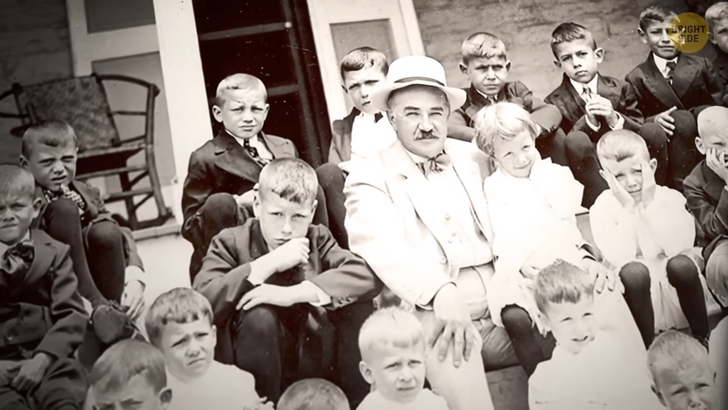
No one knows exactly how chocolate made its way to Europe. There’s a version that says that Christopher Columbus himself did it as he found cacao beans on a Mayan canoe which greeted him during his 4th voyage to America.
By the later 15th century, it became a super popular drink at the Spanish court. Then, the rumor spread to other countries. The Europeans, who weren’t such huge fans of all things spicy, made their own version of ancient hot chocolate. They replaced chili peppers with cane sugar, cinnamon, and other spices and flavorings they were used to.
Famous French Queen Marie Antoinette loved hot chocolate so much that she brought her personal chocolate maker with her when she moved into the Palace at Versailles. She introduced a new official title for him [“Chocolate Maker to the Queen”] — I wonder if it still exists, and where do I send my CV?
He experimented with new recipes and added things like orange blossom or sweet almonds to the drink. If you really want that job, you can try melting some chocolate right now with a tool like this or even make your own chocolate fountain.
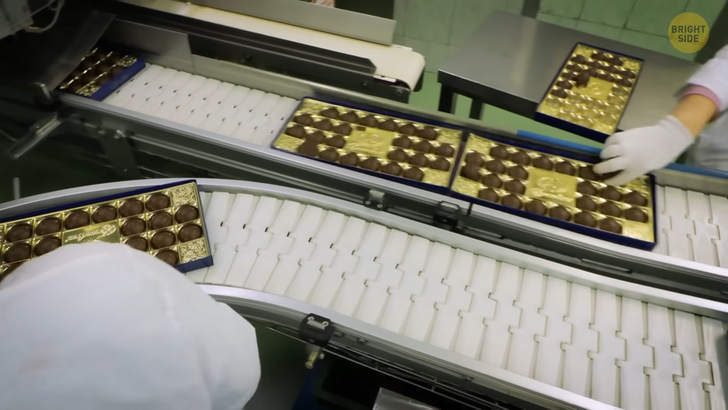
Let’s fast-forward a bit, all the way to modern times. Currently, the largest chocolate factory in the world based on production numbers is located in Belgium [Barry Callebaut]. They create 1,000 tonnes of chocolate every day and supply liquid chocolate to famous sweet brands like Nestle, Unilever, and Hershey.
They also have separate production lines for smaller, gourmet chocolatiers. Over 900 people work for the factory, and the process doesn’t ever stop. They even have a small reproduction of a tropical forest where they grow their own beans. Does it also remind you of Willy Wonka’s chocolate forest, or is it just me?
If you feel like becoming a chocolatier yourself by now, they also have a Chocolate Academy. Now, before you book your golden ticket to Belgium, you can practice at home with this chocolate bar maker or a chocolatier starter kit I found on Amazon.


